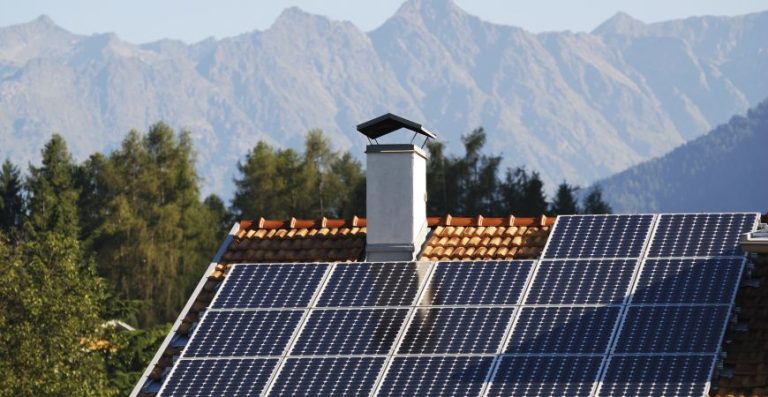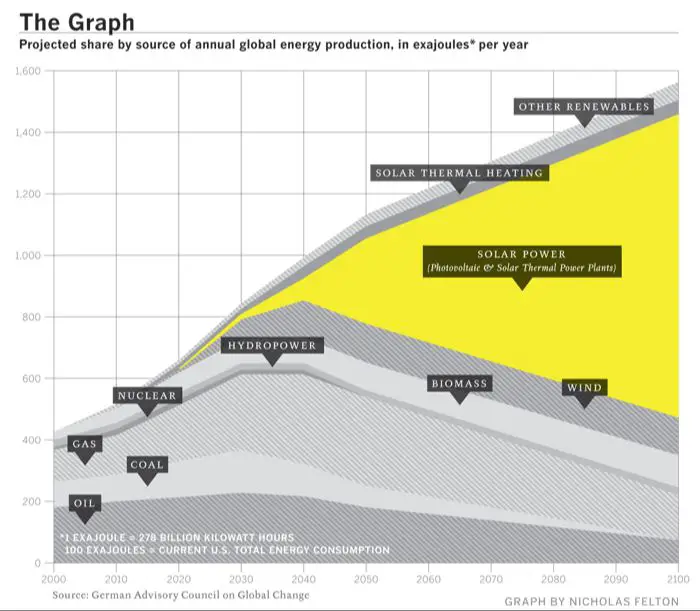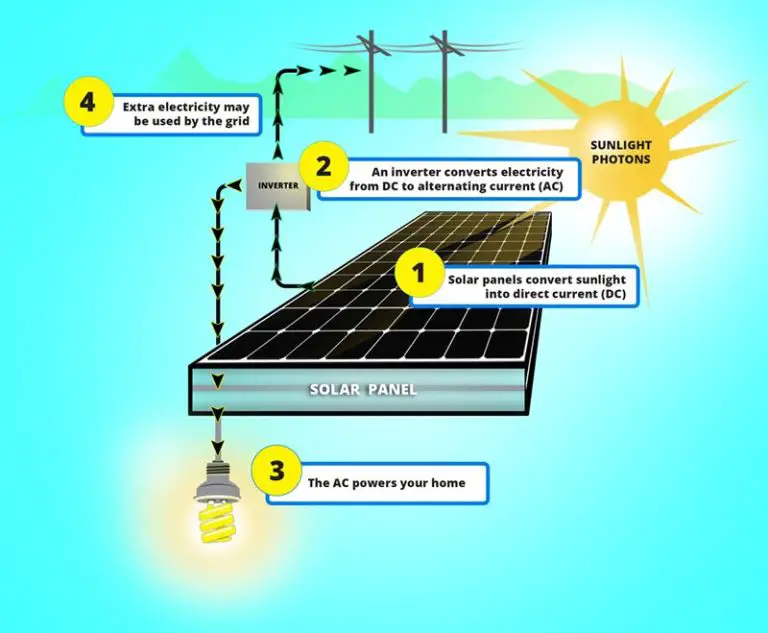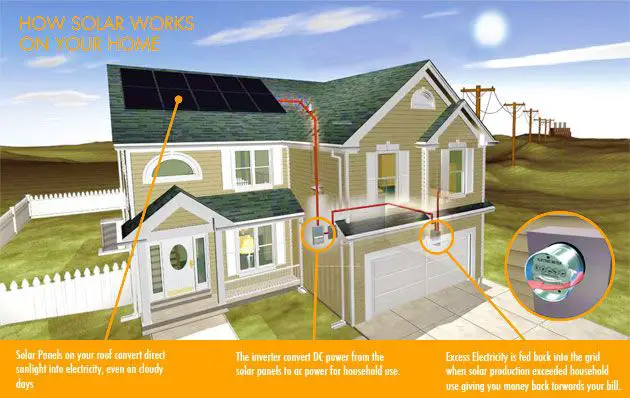Why Hasn T Solar Energy Taken Off?
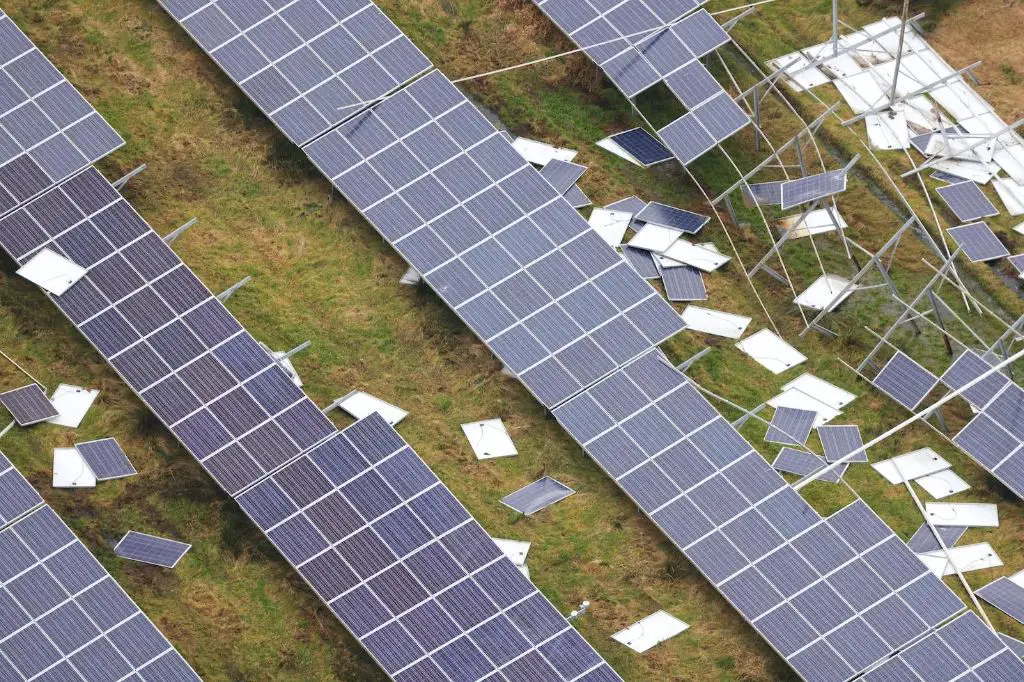
Solar energy is a renewable, sustainable source of electricity that has great potential to provide clean power at scale. The amount of energy from the sun that hits the Earth in one hour is more than the entire world uses in a year. Yet despite this abundance, solar energy has not yet achieved mainstream adoption. In 2018, only 2% of U.S. electricity came from solar, though capacity is growing quickly. With such promise, many experts question why solar technology has not taken off faster. This article will examine the complex mix of economic, technical, infrastructure, and regulatory challenges that the solar industry has faced.
High Upfront Costs
One major reason solar energy has not taken off more is the high upfront costs of installing solar panels for homes and businesses (ConsumerAffairs). The cost to install a home solar energy system averages $13,000 to $20,000 before incentives, with commercial and utility-scale solar installations costing much more (ConsumerAffairs).
In contrast, fossil fuels like coal and natural gas require less upfront investment in power plants and infrastructure. The cost of increasing electricity generation capacity is estimated at $41 per kilowatt for coal and $28 per kilowatt for natural gas, compared to $86 for solar photovoltaics (PopSci). With large existing investments and infrastructure for fossil fuel energy, many entities are hesitant to invest in new solar capacity.
The high initial price tag on solar turns away potential customers, even if solar could save money in the long run through lower energy bills. More incentives and financing options could help overcome this obstacle and make the switch to solar more affordable.
Intermittency of Solar
One of the main challenges with solar energy is its intermittency – solar panels only generate electricity when the sun is shining. According to research, solar intermittency occurs on timescales from hours to days and years, depending on factors like weather and seasons.
This intermittent nature requires storage solutions or supplemental energy sources to provide power when the sun isn’t shining. Batteries can store solar energy for use at night, but large-scale storage to cover longer periods of intermittency can be costly. Grid operators have to rely on non-solar sources like natural gas or hydropower to ensure electricity supply when solar generation is low.
Solutions like demand response and smarter grids can help mitigate intermittency issues. But fundamentally, the intermittent availability of the sun limits how much solar can penetrate the electricity system without back-up generation. Overcoming intermittency remains a key challenge for solar to become a dominant energy source.
Lack of Infrastructure
One major barrier to widespread solar adoption is the lack of infrastructure for large-scale solar installations and transmission lines from optimal solar locations to population centers. Solar farms ideally need to be sited in sunny, open areas like deserts. But major cities that require vast amounts of electricity are often located far from these high-irradiation zones.
Building long transmission lines from solar farms to cities is extremely expensive. The U.S. electricity grid also isn’t designed for two-way transmission, which solar generation requires. Upgrading to a “smart grid” that can handle variable solar inputs is again very costly. The lack of high-capacity interstate transmission lines also limits how much solar electricity can be shared across regions. Cloudy days in one region can’t be offset by sending excess solar power from a sunny region elsewhere.
Within cities, lack of infrastructure on rooftops can deter solar installation. Many buildings aren’t designed with solar panels in mind. Rooftops may be too small, oriented away from the sun, shaded, or obstructed by HVAC systems and vents. Renters also have limited ability to install rooftop solar. Overall, the upfront investment required for solar-friendly infrastructure remains a major obstacle.
Aesthetic Concerns
Aesthetics and visual appeal have been some of the major roadblocks for widespread adoption of solar panels. Many homeowners worry that solar panels will detract from their homes’ curb appeal. The reflective nature and industrial look of traditional solar panels can seem at odds with a home’s architecture, especially in residential neighborhoods. Likewise, solar farms in rural areas can disrupt the landscape and lead to opposition from locals. Citing concerns about “eyesores” and other aesthetic issues, some homeowner associations and local zoning boards have attempted to restrict solar installations.
However, strategies exist to address these aesthetic concerns. Companies are developing lower-profile solar shingles and tiles that better integrate into rooflines. Transparent solar panels allow light to pass through while still generating electricity. Simple techniques like locating panels on less-visible roof sections can maintain curb appeal. Screening and strategic landscaping help solar farms blend into the rural landscape. While aesthetics remain a barrier, solutions exist to make panels more pleasing to the eye. Addressing Aesthetic Concerns Solar Panels in Small Business Settings
Fossil Fuel Resistance
The fossil fuel industry has worked aggressively to resist the adoption of solar power and other renewable energy sources that threaten their business model. According to a report from the Center for American Progress, fossil fuel companies spend millions on lobbying and misinformation campaigns aimed at weakening climate action and policies supporting renewables.
These companies use their political influence and financial resources to obstruct legislation and regulations that would accelerate solar adoption. They lobby policymakers to cut incentives like tax credits for solar installations or net metering policies that allow homeowners to sell excess energy back to the grid. The fossil fuel lobby also funds think tanks and front groups that spread misinformation about renewable energy and attempt to turn public opinion against solar power.
Additionally, the fossil fuel lobby supports local efforts to block solar projects, spread fear about aesthetic impacts, and prevent community solar farms. These tactics aim to slow the growth of solar, allowing fossil fuel companies to protect their market share and profits.
Difficulty Accessing Capital
One major hurdle for residential solar adoption is the difficulty homeowners face in securing financing. While solar panel costs have dropped dramatically in recent years, the upfront installation costs for an average-sized home system can still be $10,000-$25,000. This high initial investment prevents many households from going solar.
Banks have historically been reluctant to offer solar loans with long repayment terms, limiting financing options. Most solar loans max out around 10 years, while the useful life of panels is 25-30 years (MarketWatch). This financing gap means homeowners can’t spread out costs over the full lifetime of their system.
Additionally, accessing loans often requires high credit scores and home equity. Renters and low-income groups face particular challenges securing capital for solar upgrades. Limited financing options remain a significant roadblock for wider solar adoption.
Complex Regulations
The solar energy industry faces significant regulatory hurdles that have slowed the deployment and adoption of solar power. Complex permitting processes at the local level can cause costly delays for solar projects. According to a report from the Department of Energy, “soft costs” like permitting account for over 50% of the total cost of residential solar installations [1]. Streamlining permitting through standardization could help reduce these soft costs.
At the state level, policy uncertainty around net metering and rate design often stifles solar growth. Frequent policy changes lead to inconsistent signals for investors and can undermine project economics [2]. Policy stability and predictable rates of return are needed to spur greater solar deployment.
At the federal level, trade disputes and tariffs on imported solar panels have also created barriers, raising costs and slowing growth over the past few years. While recent policy changes have eased some tariffs, the regulatory environment remains complex and prone to sudden shifts that challenge the solar industry [3].
Overcoming permitting, policy, and trade-related hurdles will require coordinated efforts across different levels of government to create a more streamlined and supportive regulatory landscape for solar power.
New Technology
Solar energy is still an emerging technology that requires further innovation and improvement before it can be widely adopted. Many experts point to issues with efficiency and storage as key areas where new technology can transform solar power [1]. Currently, solar panels still only convert around 15-20% of sunlight into electricity, so there is room for substantial increases in efficiency [2]. New solar cell materials like perovskites and organic PV cells show potential to push past the limits of traditional silicon cells. Advances in solar thermal technology for heating water and spaces also lag behind PV panels.
Likewise, energy storage remains a major limitation of solar power. New battery technologies like lithium-ion and flow batteries can store solar energy for nighttime use and provide stability to the grid, but their costs are still prohibitive. Researchers are also exploring alternative storage methods like hydrogen fuel cells and compressed air. Until effective storage is widely available, solar’s intermittent generation from clouds and nighttime will restrict adoption.
In summary, solar power holds great promise but requires additional breakthroughs in efficiency, new materials, storage, and other aspects before it can outcompete fossil fuels and meet global energy demands. The good news is that innovation is rapidly occurring in both academic labs and private companies. The future possibilities for solar remain wide open.
Conclusion
While solar energy has faced significant obstacles to widespread adoption, the future looks increasingly bright as costs decline rapidly and new technologies emerge. Despite the high upfront investment required and the intermittency challenges of solar generation, recent improvements in energy storage, grid management, and panel efficiency are helping overcome hurdles. As solar infrastructure expands, permitting and regulations are streamlining. Though resistance from fossil fuel interests remains, market forces appear to be tipping in favor of solar energy’s advantages. With solar already at grid parity in many regions and prices projected to continually fall, solar energy is poised for explosive growth. While the road hasn’t been easy, solar is finally emerging as a mainstream energy solution capable of powering our future in a clean and sustainable way.

